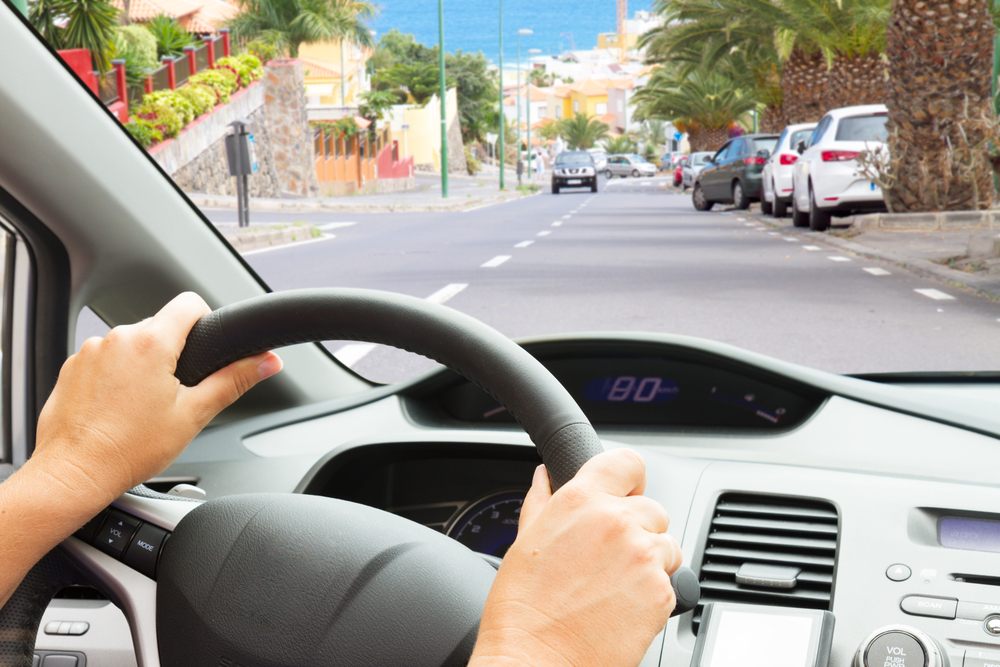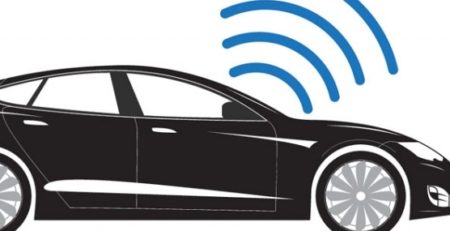It was just a matter of time. The needs and desires of auto manufacturers and insurance companies have been converging for a while, but it took automotive telematics to help bring the two industries into alignment.
Both industries are increasing focus on driver safety, albeit from somewhat different perspectives. From an insurer’s perspective, driver safety typically means fewer costly accident claims. On the automakers’ side, vehicles operated safely also tend to perform better, which can make their drivers happy customers. In addition, safe drivers generally enjoy an array of economic perks, such as insurance discounts. In fact, everyone wins. Increasingly, the common link between these disparate participants is telematics.
But before we discuss telematics, let’s look at road safety. Consider these alarming U.S. statistics for road fatalities, as cited by the United States National Highway Traffic Safety Administration (NHTSA):
- The total number of highway fatalities in the United States recorded since NHTSA began tracking this information is 3,685,564.
- One-third of all fatalities occur at intersections.
- Every year, 3,000 highway fatalities occur because of driver distraction, according to NHTSA.
Those numbers are troubling, and need to be reduced dramatically. But how? Telematics might hold the solution or, more precisely, the big data that lies behind telematics technology. Everyone involved — insurers, automakers, and consumers alike — can leverage the power of telematics to make our roads safer. Oh, and there can be a few potential economic benefits too, which could sweeten the deal for all involved (described in greater detail below).
Auto manufacturers generally use telematics data to communicate information to car owners about their vehicle’s maintenance scheduling needs, performance, and overall health. Consumers can also receive information from auto manufacturers about their driving behavior. From a safety perspective, it’s a win-win situation. As the consumer gleans insight from driving data, he or she may begin driving more carefully; this in turn can enhance a vehicle’s performance and fuel efficiency. The more fuel-efficient a vehicle becomes, the more money the consumer potentially saves. The better a vehicle performs, the more likely its owner will be pleased with the auto brand. For automakers, the potential value proposition that telematics offers is clear. Theoretically, the longer an auto manufacturer can maintain the trust of the consumer, the longer a consumer may want to remain within that auto family — all good for the bottom line.

Consumers potentially stand to benefit when they share data with automakers and insurers. (Photo: Shutterstock)
Telematics data is also highly valued by many insurers. Traditionally, insurers rate consumers on various components that include proxy data to predict an individual’s risk level, setting rates accordingly. A frequent complaint by many consumers is that not much insight goes into the rating process. Yet, telematics data allows insurers to consider details of individual driving behavior while developing rates for consumers, which can lead to more accurate and individualized pricing. It becomes less about the masses and more about individual behavior and performance.
Insurers using telematics data as part of their underwriting practices might now be perceived by consumers as operating with greater transparency, since consumers can examine their personal driving data — most likely much of the same data their insurance company reviewed when establishing their rate in the first place. This not only gives consumers insight into how their driving behavior influences pricing but could also encourage safer driving. And of course, safer behavior typically means fewer accident claims, reduced loss costs for the insurer, and, ultimately, has a positive impact on policyholder rates.
Consumers potentially also stand to benefit when they share data with automakers and insurers. Overall cost of vehicle ownership may be reduced through lower insurance rates, fewer out-of-pocket costs associated with vehicle maintenance, and potentially better fuel mileage. Consumers can also evaluate their driving behavior and examine what locations along their daily commute might place them at higher risk for traffic accidents.
When purchasing a “connected” vehicle that’s equipped to enable data linkages, car owners will be given the option of consenting to share their automobile’s data with a telematics data exchange platform, assuming the car’s manufacturer participates in a data exchange. The automaker then automatically collects a consumer’s driving data and submits it to a telematics data exchange. An exchange can analyze the data and generate a score for each vehicle, which is shared with both the manufacturer and the driver. Consumers can use this information to gain insight into ways of improving driving behavior and may decide to share it with an insurance company. And an insurer receiving such information from consumers may then be in a better position to evaluate more favorable rates for safe drivers.
So, yes, when the focus is on driver safety, everyone can win. It was only a matter of time.
Read more at http://www.propertycasualty360.com/2016/03/03/how-telematics-can-help-make-us-safer-on-the-road?page_all=1












